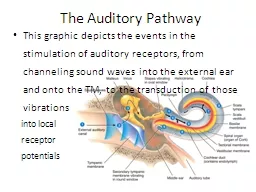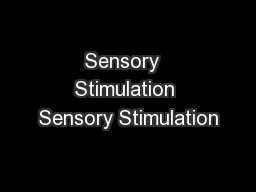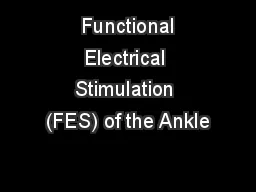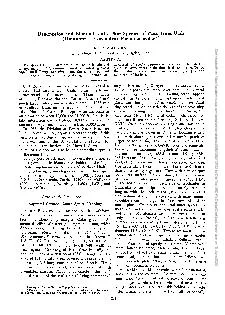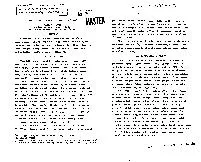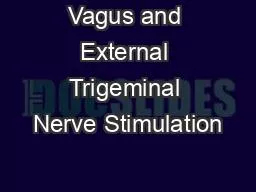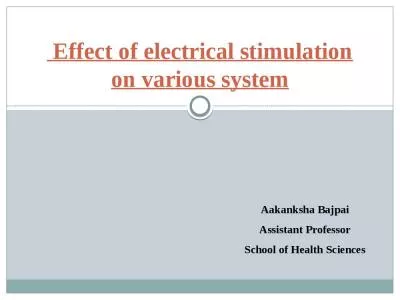PPT-The Auditory Pathway This graphic depicts the events in the stimulation of auditory
Author : mitsue-stanley | Published Date : 2020-04-02
into local receptor potentials Scala vestibuli Cochlear duct contains endolymph Scala tympani Perilymph Basilar membrane Cochlea Sound waves Helicotrema Stapes
Presentation Embed Code
Download Presentation
Download Presentation The PPT/PDF document " The Auditory Pathway This graphic depi..." is the property of its rightful owner. Permission is granted to download and print the materials on this website for personal, non-commercial use only, and to display it on your personal computer provided you do not modify the materials and that you retain all copyright notices contained in the materials. By downloading content from our website, you accept the terms of this agreement.
The Auditory Pathway This graphic depicts the events in the stimulation of auditory: Transcript
Download Rules Of Document
" The Auditory Pathway This graphic depicts the events in the stimulation of auditory"The content belongs to its owner. You may download and print it for personal use, without modification, and keep all copyright notices. By downloading, you agree to these terms.
Related Documents

